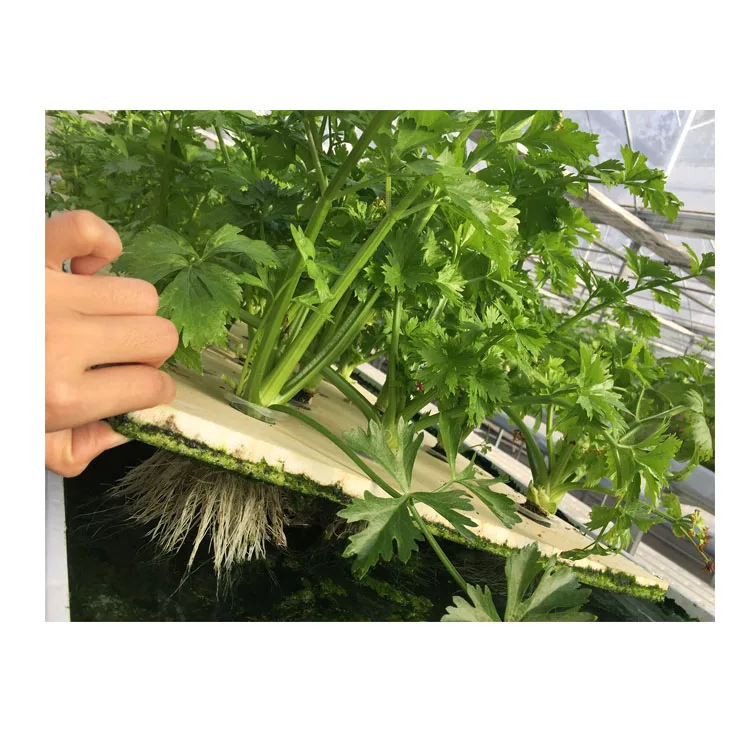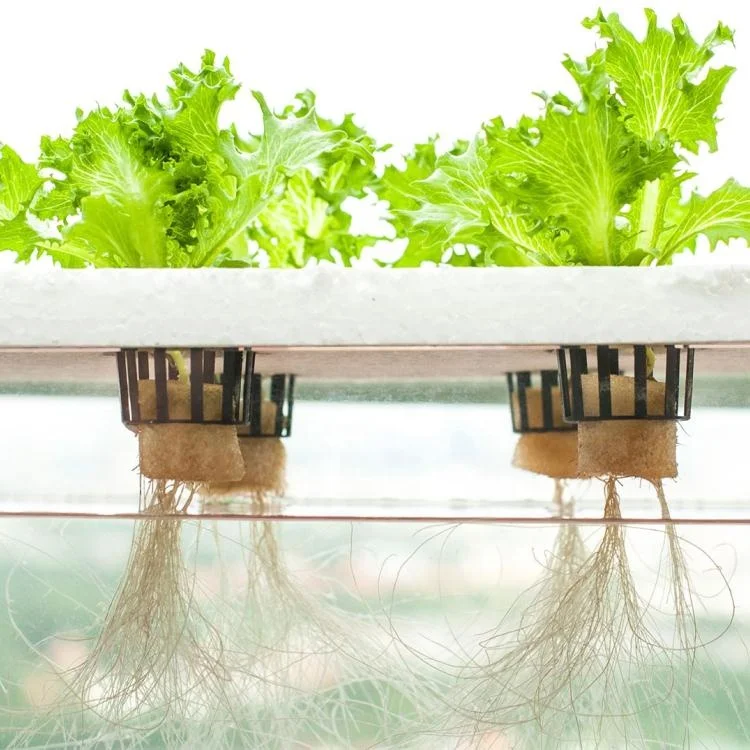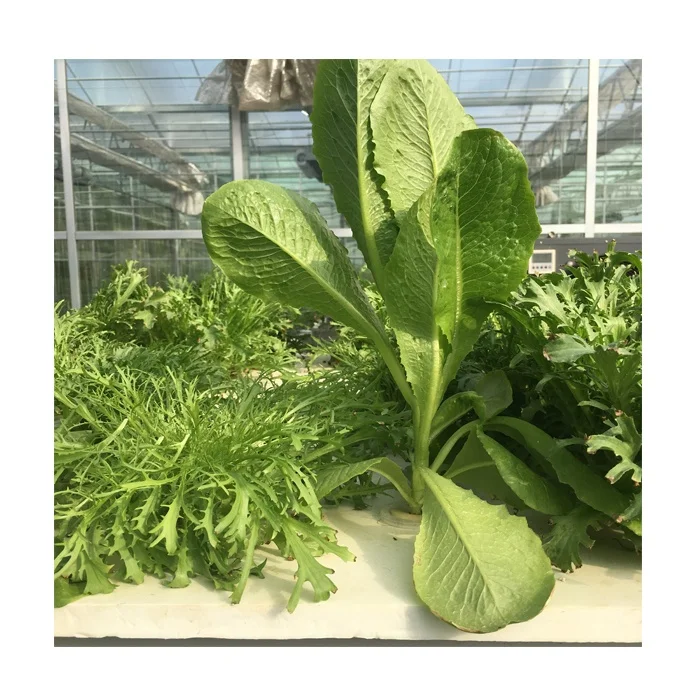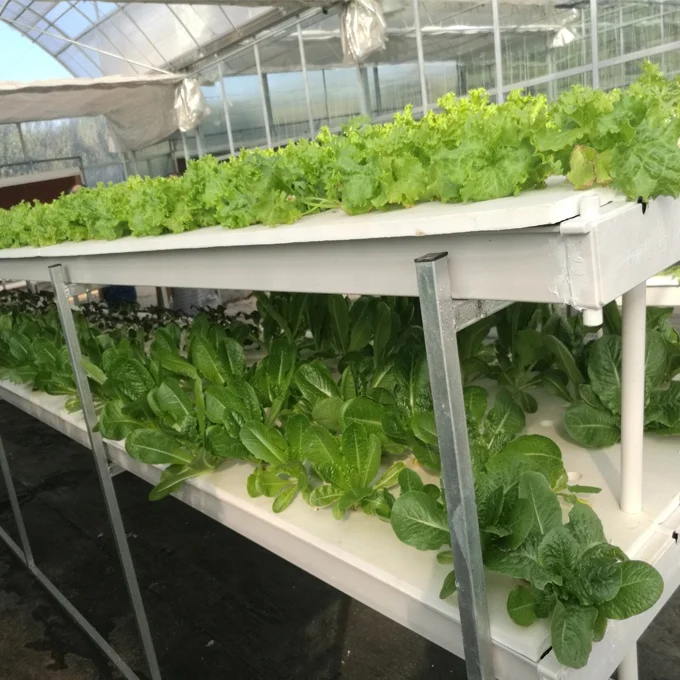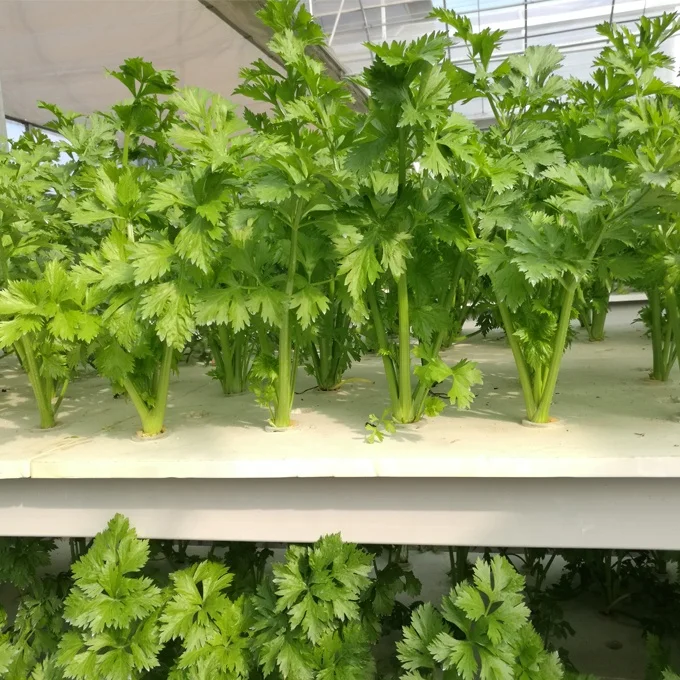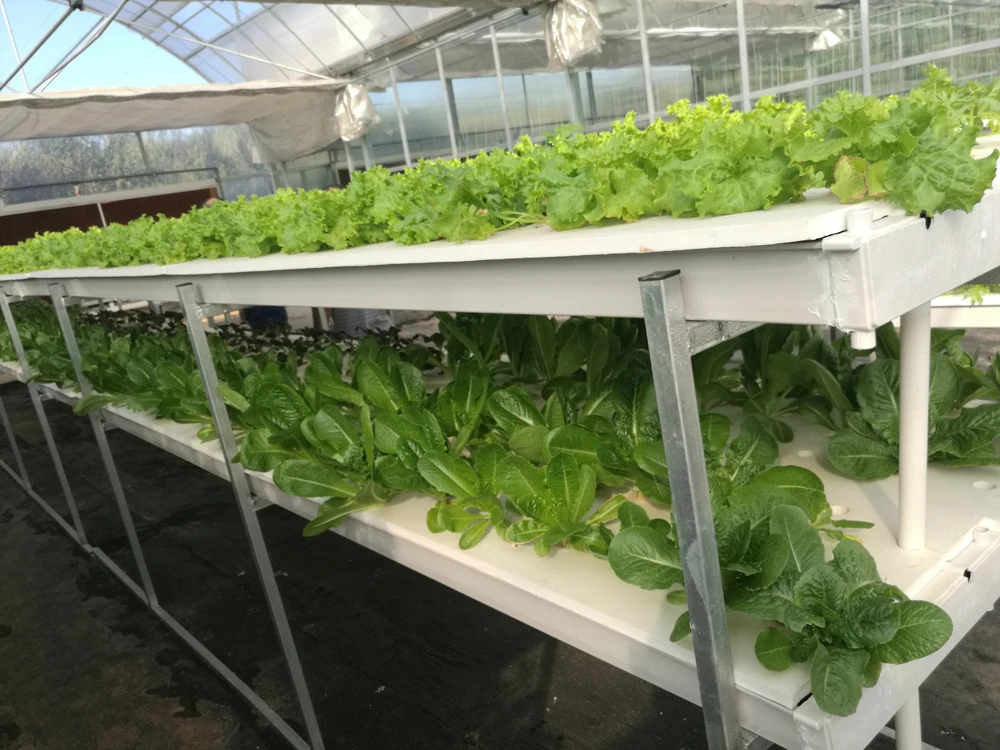Простая гидропонная система водной культуры для вертикальных
- Категория: Ирригационное и гидропонное оборудование >>>
- Поставщик: Qingzhou,Rainbow,Modern,Agriculture,Development,Co.,Ltd.
Поделиться:
Описание и отзывы
Трекер стоимости
| Месяц | Минимальная цена | Макс. стоимость |
|---|---|---|
| Sep-19-2025 | 0.6 $* | 0.22 $* |
| Aug-19-2025 | 0.61 $* | 0.40 $* |
| Jul-19-2025 | 0.10 $* | 0.88 $* |
| Jun-19-2025 | 0.99 $* | 0.65 $* |
| May-19-2025 | 0.19 $* | 0.72 $* |
| Apr-19-2025 | 0.82 $* | 0.54 $* |
| Mar-19-2025 | 0.6 $* | 0.72 $* |
| Feb-19-2025 | 0.21 $* | 0.60 $* |
| Jan-19-2025 | 0.83 $* | 0.65 $* |
Характеристики
Soilless Culture
Traditional agriculture is cultivation of crops/plants in soil. The plants, in fact, do not need soil to grow but for its nutrients. If the plants are grown in nutrient solutions or any other substrate (other than soil) containing essential nutrients, the practice is known as soilless gardening/ dirt freefarming.
TO TRADITIONAL CULTIVATION. | ||||||



(1) Inorganic substrate culture
Sand culture, Perlite culture, Gravel culture, Rock-wool culture, Hagdite culture
(2) Organic substrate culture
Coconuts straw planting, Peatmoss culture, Foam culture, Sawdust culture, Straw culture
2. Non soild substrate culture
(1) Hydroponics
Nutrient Film Technique, NFT
Deep Flow Technique, DFT
Floating Capillary Hydroponics, FCH
(2) Aeronautics culture
Spray Culture, Semi-spray Culture

Coconuts Straw Planting
Application range
1. Natural soilless cultivation of organic media, soil cultivation of flowers and economic plant products cultivation, seeding cultivation.
2. It can be used as a substrate for crop production, used as field mixed mfertilizer to improve soil structure, and used for many years to keep the original soil structure unchanged.
The characteristics of coconut plants used in cultivating plants
1. Better water retention: you can fully maintain the moisture and nutrients, reduce water and nutrients loss, it is conducive to plant roots in the growth process of good absorption of nutrients and water, it is conducive to plant growth.
2. Better permeability: prevent plant root corrosion, promote plant root growth, can protect the soil, avoid to cause soil sliming.
3. Slow rate of natural decomposition, is conducive to prolonging the use period of the matrix.

Hydroponics
Hydroponics are vegetable grown in most layers of the nutrient solution, which provide water, nutrients and oxygen only through nutrient solution. They are different from those grown in traditional soil cultivation. Vegetables grown in water cycle are short and rich in vitamins and minerals necessary for various human bodies.




6CO2 + 6H2O → C6H12O6 + 6O2
There's no mention of "soil" anywhere in there—and that's all the proof you need that plants can grow without it. What they do need is water and nutrients, both easily obtained from soil. But if they can get these things somewhere else—say, by standing with their roots in a nutrient-rich solution—they can do without soil altogether. That's the basic principle behind hydroponics. In theory, the word "hydroponics" means growing plants in water but because you can grow plants without actually standing them in water.






